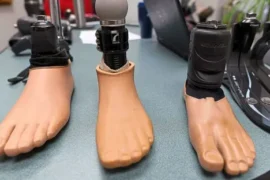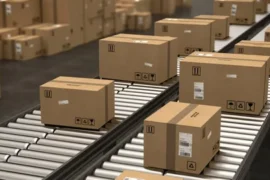Performance and Cost Issues
First up, let’s talk about performance. Imagine trying to replace your favorite sturdy plastic container with a biodegradable one, only to find it’s not as strong. Frustrating, isn’t it? Biodegradable polymers often don’t match the mechanical strength and durability of traditional plastics. Plus, they can be pricier. Who wants to pay more for something that doesn’t perform as well? It’s a tough sell [1

Waste Management Woes
Now, even if you’re on board with paying a bit extra, where do you throw away these biodegradable plastics? It’s not as simple as tossing them in the backyard. Many need specific conditions to break down properly, like industrial composting facilities. Unfortunately, these facilities aren’t available everywhere. So, what happens if they end up in landfills? They might just sit there, not degrading any faster than regular plastics [2].
Misconceptions and Confusion
Let’s clear up some confusion. Biodegradable doesn’t mean it will magically disappear in any environment. A lot of people think they can just throw these plastics anywhere and they’ll vanish. Not true! Most biodegradable plastics need controlled conditions to break down. So, if they end up in the ocean or a regular trash can, they might still be around for a long time [6].
Recycling and Contamination
Here’s another headache: recycling. Mixing biodegradable plastics with regular plastics can mess up the recycling process. It’s like putting a banana peel in the paper recycling bin – it just doesn’t belong and can cause more harm than good [6].
Research and Development Hurdles
Finally, the tech and research behind these polymers are still evolving. Scientists are working hard to make biodegradable plastics more efficient and cost-effective. But until they crack the code, we’re stuck with materials that aren’t quite up to par with traditional plastics [5].
Conclusion
So, while biodegradable polymers offer a greener alternative, we’re not there yet. We need better materials, more infrastructure, and clearer information to make the most of these eco-friendly options. But don’t lose hope! Every step we take towards understanding and improving biodegradable plastics is a step towards a cleaner planet. Stay curious, stay informed, and keep pushing for sustainable solutions.
FAQs
1. Are biodegradable plastics really better for the environment? Yes, but only if they’re disposed of properly in the right conditions.
2. Why are biodegradable plastics more expensive? They require more complex manufacturing processes and raw materials, driving up the cost.
3. Can I compost biodegradable plastics at home? Most likely not. Many need industrial composting conditions to break down effectively.
4. Do biodegradable plastics break down in the ocean? Not necessarily. They need specific conditions, which aren’t present in the ocean.
5. How can I dispose of biodegradable plastics properly? Look for industrial composting facilities or specific disposal guidelines in your area.





